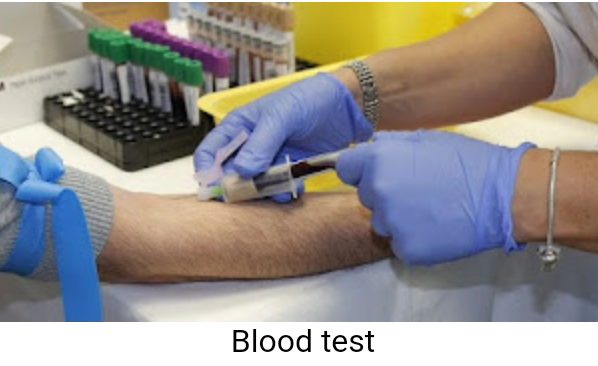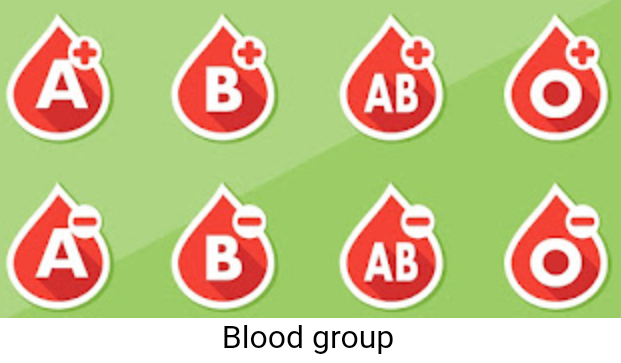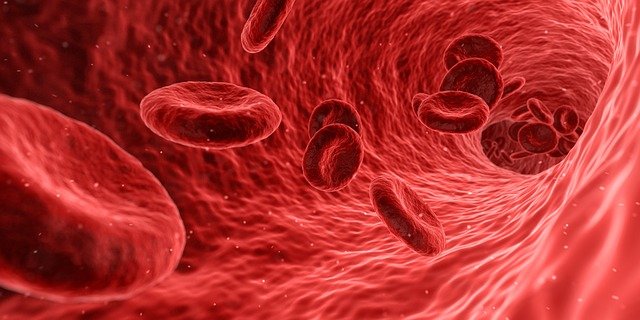Hello,
Best wishes to all steemian friends. How are you?Hope you are so much well.I am also well.
I am going to share with you-
Composition of blood on anatomy || 20% beneficiaries of steem.skillshare
Let's get started_
Intro
Composition of Blood Anatomy Knowing the structure of human blood will make the first aid procedure easier. Knowledge of primary anatomy is a must to gain a reputation for primary care in the village.
Composition of Blood Anatomy In today's article I will be able to know the following topics about all aspects of the composition of human blood.
1.What is blood?
2.Blood components.
3.Blood cells.
4.The amount of blood cells.
5.Red blood cells or WBC
6.Hemoglobin test results.
7.White blood cells or WBC
8.Platelets or Plateletes
9.Blood group.
10.Blood work.
Conclusion.
1.What is blood?
Human blood is usually a red colored liquid cellular substance. Blood is actually the fluid tissue of the human body which is a very important fluid for the body.
Composition of Blood Anatomy There are two main parts of human blood. One is the liquid plasma and the other is the floating substance corpuscles.
2.Blood components: -
Blood plasma consists of the following components.
In the blood-
Water content is 91%.
Protein 4%.
Other ingredients 5%.
Among the components of blood-
Protein national-
Albumin,
Globulin,
Fibrinogen,
And
Prothrombin.
Salt in the blood-
Sodium chloride,
Sodium bicarbon,
Calcium,
Magnesium,
Phosphorus
And
Iron.
Moreover, there is more in the blood-
Glucose
Fat,
Urea,
Uric acid,
Creatinine,
Amino acids,
Oxygen,
Carbon-di-oxide
And
Enzymes.
3.Blood cells: -
Composition of Blood Anatomy
(i) Red Blood Cell or RBC or Erythrocyts,
(ii) White Blood Cell or WBC or Leucocytes
And
(iii) Platelets or blood cells.
Platelets or blood cells help the human body to clot.
4.Amount of blood cells: -
The amount of blood cells in the human body is shown below-
RBC- has 50,000,000 per cubic milliliter.
WBC has 6,000 per cubic milliliter.
Plateletes - 350,000 per cubic milliliter.
5.Red blood cells or RBC: -
Red particles are like small discs, but they have holes in the middle. There is no color in the blood plasma, red blood cells are present in the blood and their color looks red.
But because many of them come together, the color of the blood shows saliva. These red blood cells need protein and iron. These are the substances inside them or hemoglobin.
It is red in color and contains a lot of iron. These RBCs are formed in the bone marrow of the body. First they are formed in large size. Then their nucleus exists. When blood flows, the nucleus no longer exists, it breaks down and merges into hemoglobin.
A red blood cell lives an average of 115 days. Then it breaks down and goes to the liver. It changes and comes out with the bile in the form of yellow pigment or bile pigment of the liver. These two pigments are called Bilirubin and Biliverdin.
Pure blood looks gorgeous red because hemoglobin carries oxygen. Impure blood, on the other hand, is low in oxygen and high in carbon dioxide, making it look very bluish.
Lack of hemoglobin or iron in the body causes anemia. Hemoglobin in the blood is tested to understand this.
6.Hemoglobin test results: -
If the hemoglobin test is -100%
That is 100 m, if there is 15 g of li in the blood then normal or healthy body. It is healthy if it is up to 80%.
But if it comes down to 50%.
That is, if it is 100 g, Li, 6 grams in the blood, then it is a prediction of anemia.
And if it is reduced to 35%.
That is, 100 m, li, becomes 5 grams in the blood,
However, it should be taken as a severe symptom of anemia. Therefore, if the patient is not treated immediately, he will have to face complex problems in the future.

6.White particles or WBC.
White blood cells, or WBCs, contain 8,000 to 10,000 per cubic milliliter of blood.
6,000 on average.
These include various types of WBD. Normal levels of white blood cells-
| Blood parts | Percentage | Average |
|---|---|---|
| Nitrafil or poly | 70-80 percent | Average: 8%. |
| Eosinophils | 1--4 percent | Average: 3%. |
| Basophil | 1--2 parts | Average: 1%. |
| Lymphocytes | 20-30 percent | Average: 25%. |
| Monocytes | 4-6 parts | Average: 8%. |
7.Platelets:-
They number from 250,000 to 500,000 per cubic milliliter of platelets in the human blood. Their average number is 35,000. They look like small dots.
If there is bleeding in any part of the body or in any part of the body, these platelets help to stop the bleeding by clotting the cut or injured area.
Platelets or Plateletes Components and Normal Dosage-
Every 100 ml in the blood-
Albumin: 3 to 5 grams.
Gulbulin: 2 to 3 grams.
Fibrinogen: 1 to 2 grams.
9.Blood group: -
Blood groups need to be known when donating and receiving blood. Because blood can be taken and given in the same group. There are some groups who can give blood to everyone. But you can't take blood from everyone.

Blood group
There are eight blood groups in the human body.
These are-
A,
B,
AB,
And
O
These again have two parts. Negative and positive.
That is-
A +
A-
B +
B-
AB +
AB-
O +
and
O-
This is a total of eight types of blood groups.
10.Blood work: -
Blood has multiple functions in the body.
The special tasks are-
Carries oxygen in the blood and reaches the tissues.
Removes waste products from the body.
Carries nutrients in all the cells of the body.
The body's endocrine glands secrete the juice through the arteries to the body.
The body carries antibodies. Which enhances immunity.
Blood phagocytes destroy cells as soon as germs enter the body.
Conclusion: -
***As a result of the reaction of the blood, the blood is always alkaline.However, in case of fever or acid, the accumulation of acid in the body can lead to a disease called acidosis, which is very bad for the human body.Then you have to eat alkali immediately.com
Photograph description
| Photo Collection | Android Phone Camera |
|---|---|
| Mobile name and model | Symphony Z25 |
| Camera resolution | 13 megapixels |
| Category | Medical education |
| Photographer& editor | @doctorstrips |
| Edit app | picsart app |
| Location | Bangladesh |
| Manage photographs | pixabay.com |
So friends, you can give a upvote for the article. If you don't, then let us know in the comment box, how?
Thanks for being patient with

Thanks

I am Md Nayeb Ali,
High school teacher.
LMAF doctor.
A YouTuber.
Web designer and blogger.
Roof gardening, photography, video, public service and travel are my favorite hobbies.

Thank you for the complete information on blood in the human body. However, it is my duty to suggest that you do not tag curators in your posts.
#affable
Downvoting a post can decrease pending rewards and make it less visible. Common reasons:
Submit
Ok, Thanks dear.
Downvoting a post can decrease pending rewards and make it less visible. Common reasons:
Submit